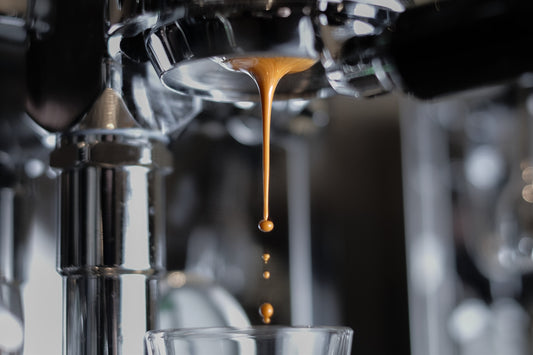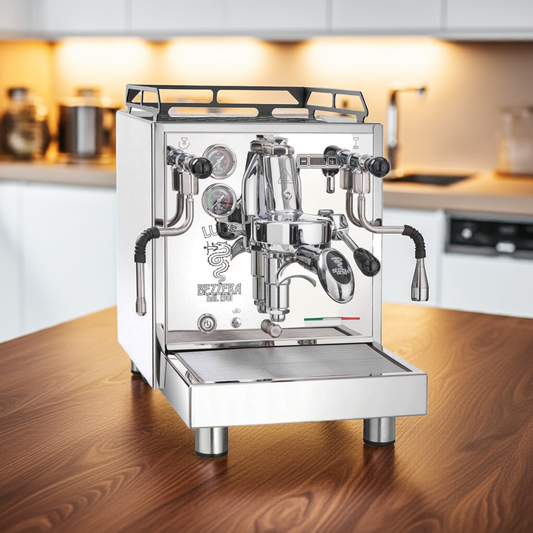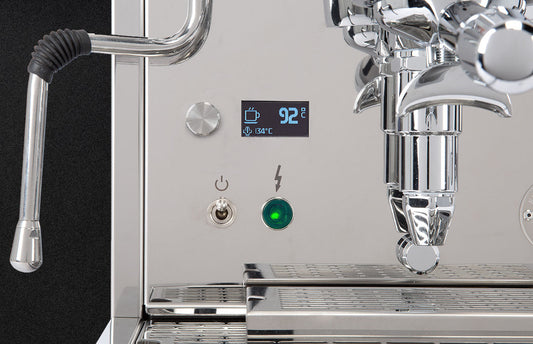Few elements define the Italian identity more than the small, strong cup of coffee, consumed at regular intervals throughout the day. The espresso is freshly prepared to order using a portafilter machine under high pressure and a constant temperature. The typically dark-roasted espresso beans are finely ground, producing the hazelnut-colored crema.
What makes espresso so special?
Espresso as we know it today came into being in the early 1950s. The first espresso machines were developed around 1900, but they couldn't generate the same pressure as later espresso machines with lever brewing units. With the advent of these lever machines, it was possible to reliably prepare very aromatic coffee with a thick crema for the first time. The special thing about espresso is its high extraction rate, i.e. how much aroma from the ground coffee actually ends up in the cup. Contrary to popular belief, a single espresso doesn't have any more caffeine than a cup of filter coffee. The concentration of the stimulant is naturally higher, but the amount of coffee consumed is also much smaller in comparison.
How to prepare espresso
Espresso preparation is often described as a craft, and rightly so. To make the perfect espresso, you need a portafilter machine and an espresso grinder with a disc grinder. The espresso is prepared in three steps. First, the espresso is freshly ground for each espresso individually thanks to fast and precise grinders. The correct grind is important during the grinding process; it determines how quickly the espresso flows. A rule of thumb for espresso is 25 seconds/25 milliliters. In the second step, the coffee grounds are pressed into the portafilter. Professionals call this pressing "tamping." The third step is the actual espresso extraction. The portafilter with the pressed coffee grounds is clamped into the machine, and the extraction is started. With the help of the pump, the water is forced through the coffee at around 93°C and 9 bar. An espresso is drunk immediately after preparation.
Which coffee beans are used for espresso
A typical espresso blend consists of a mixture of Arabica and Robusta beans. The ratio varies from region to region. The further south you go in Italy, the higher the proportion of Robusta beans. Robusta provides a strong, earthy flavor, while Arabica beans are more aromatic but also more delicate to roast and prepare. In addition to the bean blend, the roasting of the espresso beans is also crucial for the final flavor. Espresso beans are roasted darker than filter coffee beans. Roasting is a highly valued tradition in Italy; there are countless small and large roasteries in every part of the country. The selection is so large that there is a bean to suit every palate.
The different variations of espresso
There are different types of espresso, the most important ones and their preparation:
- Espresso – A regular espresso of approximately 25-30ml, brewed at a ratio of approximately 1 to 3. 1 gram of ground coffee produces approximately 3 grams of beverage in the cup.
- Doppio Espresso – Prepared the same as a single espresso but with twice the amount in one cup.
- Ristretto – A “short” espresso with a ratio of 1 to 2. Very high extraction and therefore very strong aroma.




